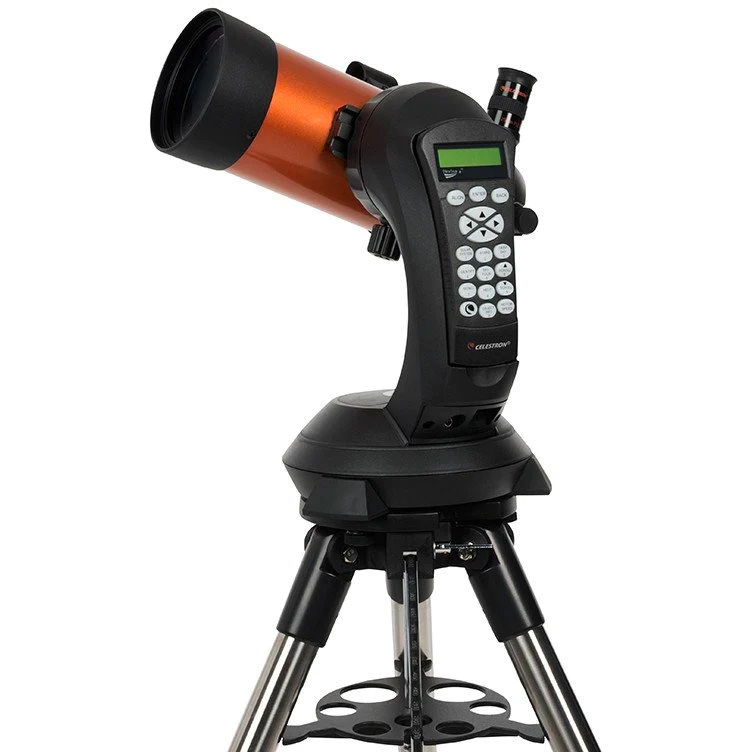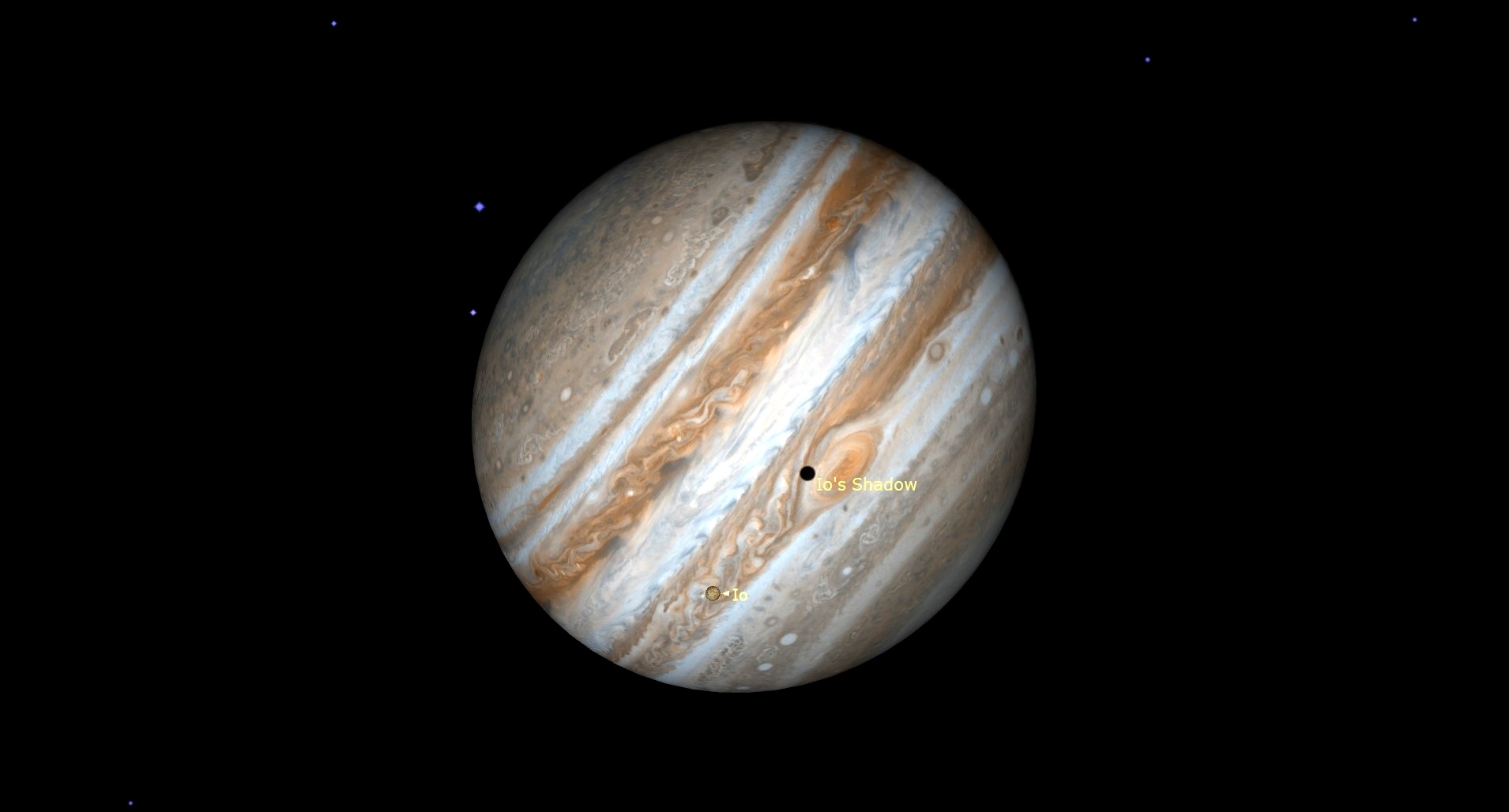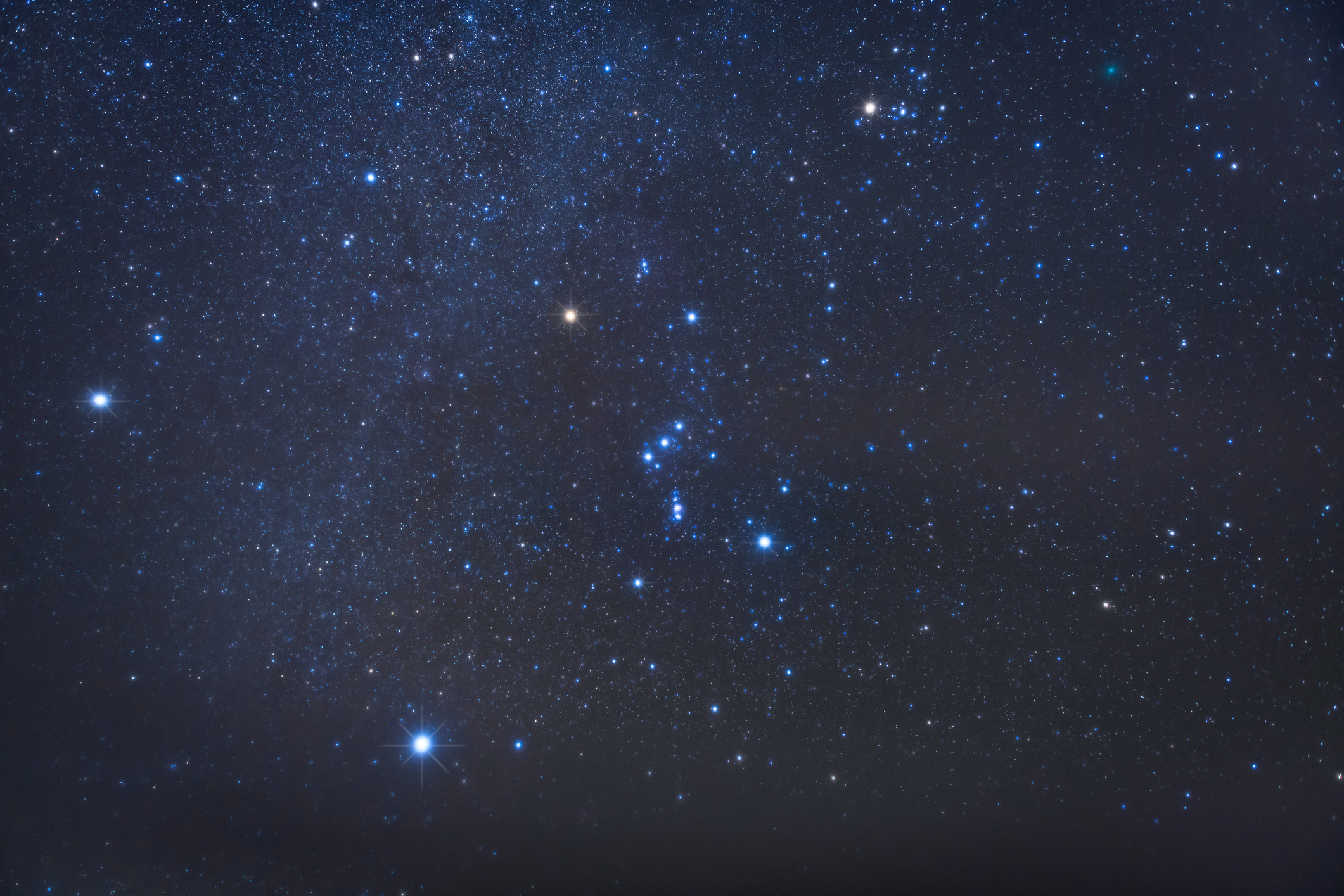The brand new moon happens on Nov. 1, at 8:47 a.m. Japanese Time (1247 GMT). Three days later the moon will make an in depth move to Mercury within the night sky.
A brand new moon occurs when the moon is between the solar and Earth; technically it’s on the similar celestial longitude because the solar. Celestial longitude is a projection of the Earth’s longitude strains on the sky; when two our bodies share the identical longitude that is named a conjunction. The hour of lunar phases depends upon one’s time zone as a result of the part modifications based on the moon’s place in its orbit reasonably than an observer’s location on Earth.
New moons are known as such as a result of in lots of lunar calendar programs, such because the Islamic or Hebrew calendars, months had been reckoned with the brand new moon originally. In Islamic calendars the month begins when the primary, skinny crescent moon, known as a hillal, may be seen within the night. The Hebrew calendar used an identical system till someday in between the eighth and tenth century CE when Jewish students adopted a mathematically-based methodology for figuring out when the months started.
New moons are invisible until they move straight in entrance of the solar, making a partial or whole photo voltaic eclipse. New moons do not create eclipses each month as a result of the moon’s orbit is barely inclined in comparison with Earth’s, so the three our bodies aren’t all the time completely lined up.
The final good, eclipse-creating alignment was on Oct. 2 throughout an annular photo voltaic eclipse, and the eclipse was seen within the southern Pacific Ocean and South America. The subsequent one will likely be a partial photo voltaic eclipse on March 29, 2026.
Seen planets
On the evening of Nov. 1, the solar units in New York at 5:51 p.m. native time, based on the U.S. Naval Observatory. The sky will get markedly darker by about 6:20 p.m., when the solar will get to 6 levels under the horizon; that is the beginning of nautical twilight, and it’s typically when streetlights come on (this will differ relying in your native city or metropolis’s coverage).
At that time one can see Venus within the southwest, about 12 levels above the horizon – one option to see a planet’s altitude is to make use of a hand: maintain a closed fist at arm’s size and the width of the fist is about 10 levels. If one does this with Venus one will see it about two finger-widths above the fist. Venus is the third-brightest object within the sky and can possible be the primary “star” seen to the attention within the night. Venus units in New York at 7:47 p.m.
On Nov. 4 the moon, now three days outdated, will move close to Venus; sundown that day is at 4:48 p.m. Japanese Commonplace Time (Daylight Financial savings ends on Nov. 3). By about 5:15 p.m. one ought to see the skinny crescent moon nearly straight under Venus within the sky; the pair units at 6:49 p.m. based on In-the-Sky.org.
TOP TELESCOPE PICK:

Wish to see planets up shut within the evening sky? The Celestron NexStar 4SE is right for newcomers wanting high quality, dependable and fast views of celestial objects. For a extra in-depth take a look at our Celestron NexStar 4SE overview.
On the evening of the brand new moon, Saturn is the second seen planet to look; will probably be within the southeast; by 6:30 p.m. on Nov. 1 will probably be about 28 levels excessive on the latitude of New York Metropolis. (The planet will seem at roughly the identical altitude after sundown in Boulder, Colorado, Chicago or Madrid, Spain. or Beijing). Saturn units at 2:40 a.m. on Nov. 2; the planet reaches its highest level – known as a transit– at 9:09 p.m. Nov. 1, and will get to an altitude of 41 levels, excessive sufficient to be simply noticed. Saturn’s rings may be seen even in a modest telescope or with heavier-duty binoculars – although at decrease magnifications it’ll seem as extra of an oval reasonably than present precise rings.
Jupiter is subsequent to rise at about 8:01 p.m. in New York. The planet will likely be within the constellation Taurus, the Bull, and because it rises one will see Aldebaran, Taurus’ brightest star, to the correct and barely increased. Aldebaran will likely be distinctly orange-hued in distinction with the white-yellow look of Jupiter, and by about 10 p.m. each will likely be excessive sufficient to simply see about 20 levels above the jap horizon. Jupiter transits at 3:26 a.m. Japanese and will likely be fairly excessive within the sky, a full 72 levels above the southern horizon.

Mars comes subsequent, at 10:52 p.m. Mars is within the constellation Most cancers, which is made up of fainter stars so the planet will stand out due to its relative brightness and its reddish coloration. By 1 a.m. on Nov. 2 one will see it making a tough vertical line with Mars on the backside and the 2 shiny stars of Gemini, the Twins, above it; closest is Pollux, with Castor above that. Mars transits at 6:14 a.m. Nov. 2 and will likely be 70 levels excessive simply earlier than the sky begins to get gentle.
Southern Hemisphere sky watchers will see the solar set later as November is approaching the summer season months there. In Cape City, for instance, sundown is at 7:14 p.m. native time on Nov. 1. Venus will likely be a lot increased within the western sky than it’s in mid-northern latitudes; a half hour after sundown the planet remains to be 29 levels above the horizon; Venus units at 10:23 p.m. native time.
One planet that southern hemisphere observers will have the ability to see extra simply is Mercury; in New York the innermost planet will likely be so near the horizon at sundown that it’s misplaced within the photo voltaic glare. However at center southern latitudes, it’s about 17 levels above the western horizon at sundown. From Cape City one will nonetheless have the ability to catch it a half hour after sundown, at about 11 levels above the western horizon. Mercury will likely be arduous to select towards the sky, which is able to nonetheless be considerably gentle, however with an unobstructed horizon and clear climate one ought to have the ability to handle it earlier than it units at 8:49 p.m. native time. Mercury will likely be under and to the left of Venus.
Saturn will likely be excessive within the northeast; a full 61 levels above the horizon at 8 p.m. in mid-southern latitudes. In Cape City Saturn transits at 9:01 p.m. and will likely be 64 levels above the northern horizon. Saturn units at 3:26 a.m. Nov. 2.
Jupiter will get above the horizon at 10:19 p.m. and because it will get increased one will see it type a triangle with Aldebaran and Betelgeuse, the shoulder of an upside-down Orion. Aldebaran will likely be above and to the left of Jupiter whereas Betelgeuse will likely be above and to the correct (and barely decrease than Aldebaran). Each stars will likely be distinguishable from Jupiter by their coloration; like Aldebaran Betelgeuse is distinctly reddish. Jupiter transits at 3:18 a.m. and can attain an altitude of 33 levels above the northern horizon.
Mars rises at 1:05 a.m. in Cape City (and related occasions in cities comparable to Melbourne, Santiago, Chile or Sydney). The planet nonetheless types a line with Castor and Pollux, however this time Mars is the topmost star and the road runs from Mars to the left, with Pollux within the center and Castor in the direction of the underside. The road of stars can be extra horizontal, showing to level in the direction of the north.
Stars and constellations
November is when the winter constellations of the Northern Hemisphere develop into extra distinguished within the late night hours. Orion, Taurus and Gemini, to call three, are seen a lot of the evening. By 9:00 p.m. in mid-northern latitudes within the northeast one can see Capella, the brightest star in Auriga the Charioteer, getting increased every day. South of Auriga (to the correct of it earlier within the evening) is Taurus, the bull, and from a darkish sky location one can see the Pleiades, or Seven Sisters above Aldebaran.

Wanting straight up from Auriga is Perseus, the legendary hero. By about 11 p.m. Orion’s is above the horizon and one can see the three stars of Orion’s Belt. From East to west they’re known as Alnilam, Alnitak, and Mintaka (when they’re near the horizon the road of stars seems nearly vertical, with Alnilam on the backside). On both facet of Orion’s Belt is Betelgeuse, marking his proper shoulder, and Rigel, which is his left foot (when Orion is nearer to the horizon and “mendacity down” this implies Betelgeuse will likely be on the left facet of the Belt stars and Rigel on the correct).
At midnight Gemini has risen absolutely above the jap horizon, and at about 1:30 a.m. Canis Main, the Large Canine, has absolutely risen. Canis Main accommodates the brightest star within the sky, Sirius. To the left of Sirius and Orion is one other shiny star, Procyon, which is the alpha star of Canis Minor, the Little Canine.
Within the Southern Hemisphere, the sky is absolutely darkish by 8:30 p.m. on Nov. 1. Within the west-southwest under and to the left of Venus one will see Antares, the guts of Scorpius. Turning additional south (to the left) one will see Rigil Kentaurus, often known as Alpha Centauri, about 17 levels above the horizon.
Wanting southeast, near the horizon, solely about 12 levels excessive, is Canopus, within the constellation Carina, the Ship’s Keel. If one goes nearly straight in the direction of the zenith from there, about midway up the sky (roughly 51 levels) one sees Achernar, the intense star on the finish of Eridanus, the River. Going nonetheless increased, to an altitude of 83 levels, one encounters Fomalhaut, the alpha star of the Southern Fish, which will likely be to the correct of Saturn.
By about 11 p.m. as Canopus will get increased and Jupiter rises, one can see Canis Main low within the east, and to the left (in the direction of the north) one will encounter Orion, however within the Southern Hemisphere Rigel rises first, with Betelgeuse nearer to the horizon because the constellation is “the other way up.”
From simply subsequent to Rigel one can begin tracing Eridanus the River, which winds throughout the southern skies in the direction of the zenith, ending at Achernar.





